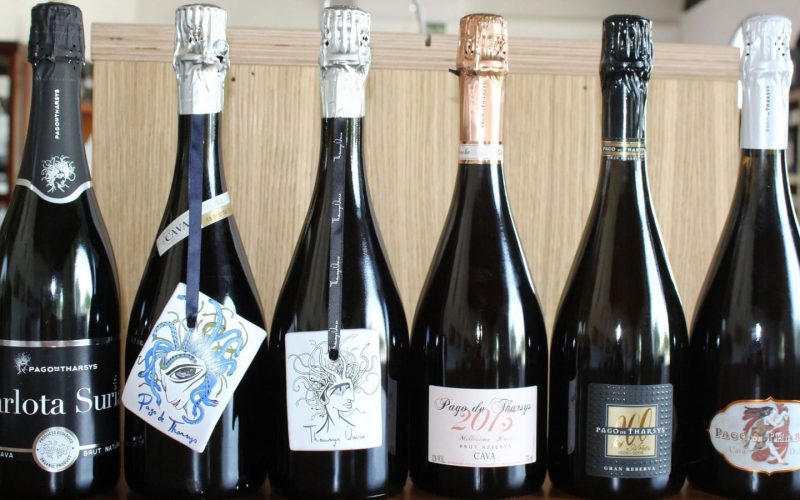The production in the area of Requena is increasingly orientated towards these Catalan wines that, within the Valencian terrain, acquire their own distinguished flavour.
The leading Spanish wine for large celebrations, whether it is Christmas dinners or nuptial banquets, is not the exclusive domain for some individuals. We have put the Catalonian label on Cava, however the fact is, lately its production has diversified throughout the Peninsula. So much so that the area of Requena is pioneering a delocalization for the production of sparkling wines, with a firm intent that could change the landscape.
The Chardonnay plantations in the area are increasing in an exponential way. It is the variety of green grape, commonly used to make white wine, that has a premium quality to the others. Although Valencia D.O also manufactures sparkling wines, the practical totality corresponds to the Requena territory through the regulatory framework and the investments that this entails. In this area we have seen an increase in the buying and selling of vineyards and wineries.
The Requena Cava Producers Association, that is comprised of up to eight wineries (Covinas, Chozas Carrascal, Dominio de la Vega, Hispano Swiss, Pago de Tharsys, Torre Oria, Union Vinicola del Este y Vegalfaro), have just achieved their first lustrum. Last month, in July, an event was organized under the name of “Requena is Cava”, with the aim to raise awareness of the firms that are currently manufacturing this type of wine in their facilities. However, its operation goes over and beyond, and the next step is to consolidate the idea of Valencian Cava.
The outcomes are a few special products, from distinguished flavors, to those that also commercialise special editions with new label and bottle designs. There are lots of awards that have been won at different contests around the world, the wineries that stand out in this respect are Dominio de la Vega, Pago de Tarsys, Torre Oria and Castell del Sorells, that on numerous occasions have been awarded the prize for the best Spanish Cava.
The wine-making tradition from this area of Valencia is indisputable, it is shown by the depositing of objects from the fourth and fifth century B.C to Las Pilillas. The golden age was, without a doubt, the end of the nineteenth and the beginning of the twentieth century. During this period affluent families would build luxurious palaces and wineries since few families could. Over time, the sales business for large quantities of wine decreased and wineries invested in the creation of their own brands to export, considering it was a well-known region for good wines at reasonable prices.
Región del Cava
The Valencians are not the only ones that dared to challenge the Catalans in Cava production. So much so that a Spanish D.O for sparkling wines existed, manufactured through traditional methods, entitling it Región del Cava. This includes up to 159 municipalities of Barcelona, Tarragona, La Rioja, Lleida, Girona, Álava, Zaragoza, Navarra, Badajoz and Valencia.
Cava, according to the Cava Regulatory Council, is the most exported sparkling wine, surpassing the one and only champagne with 131 million bottles.
